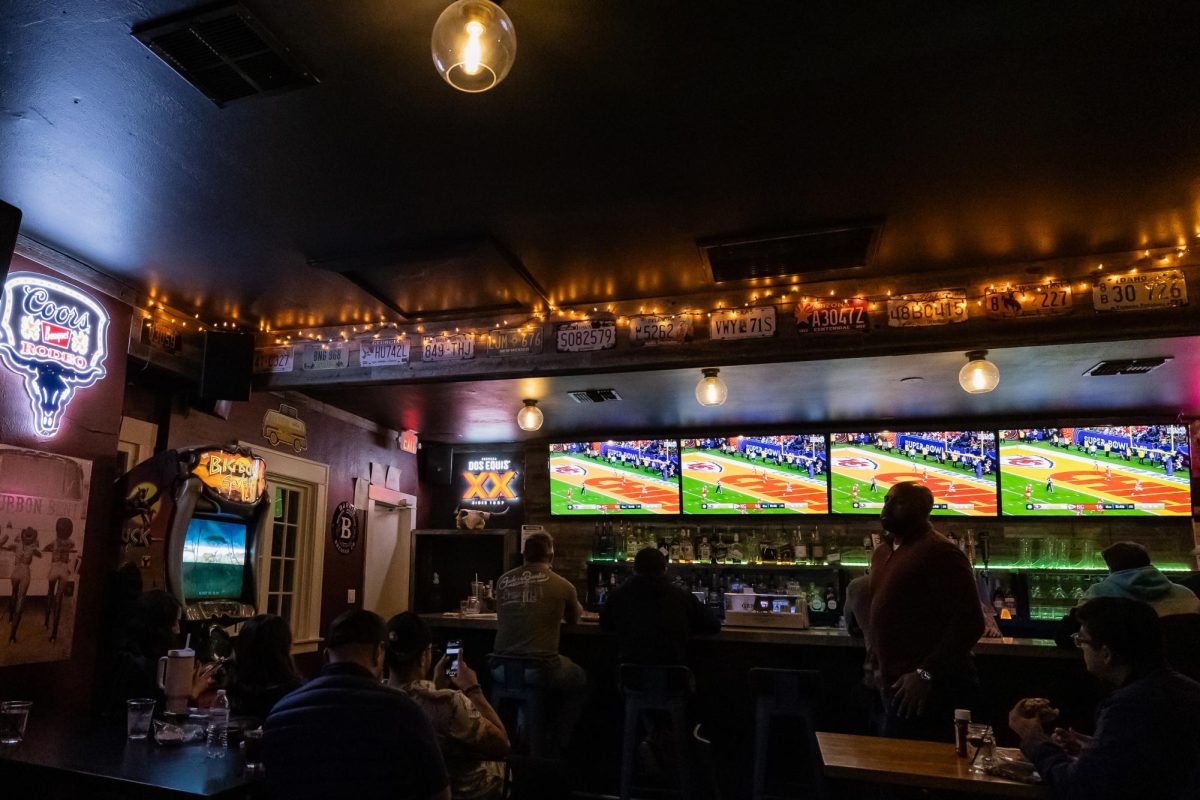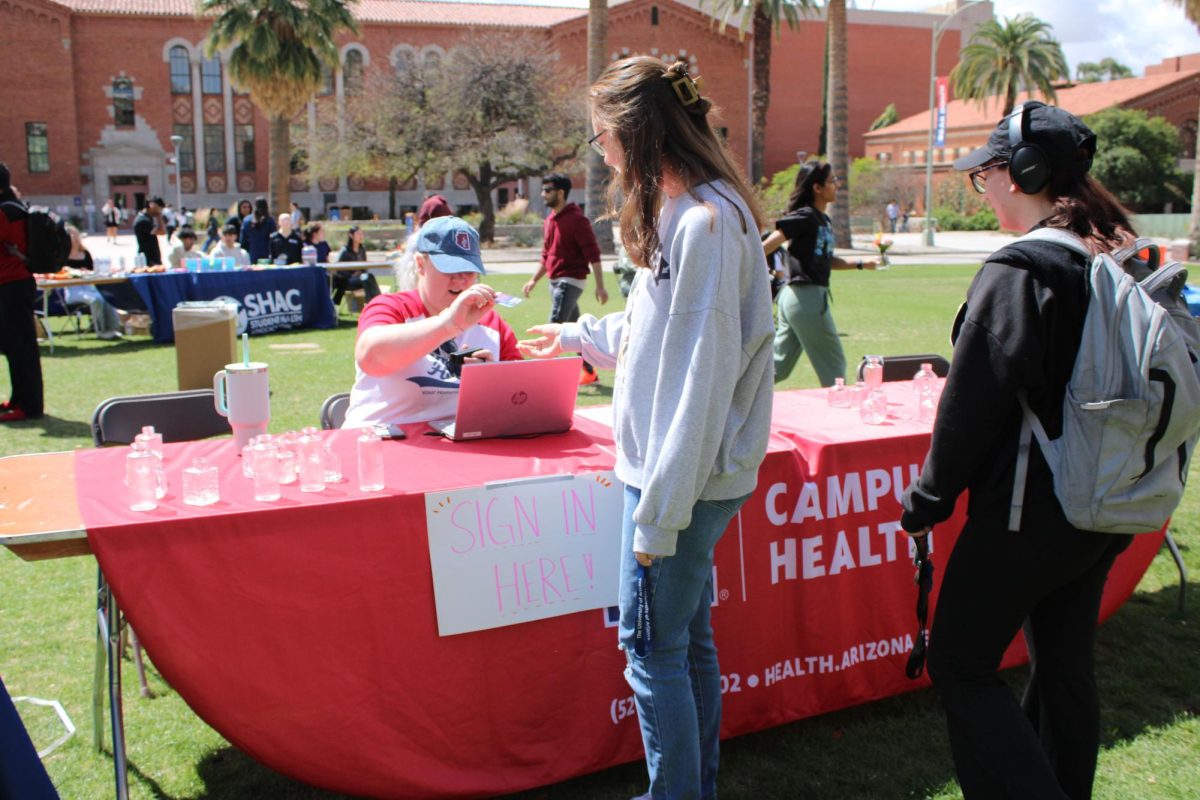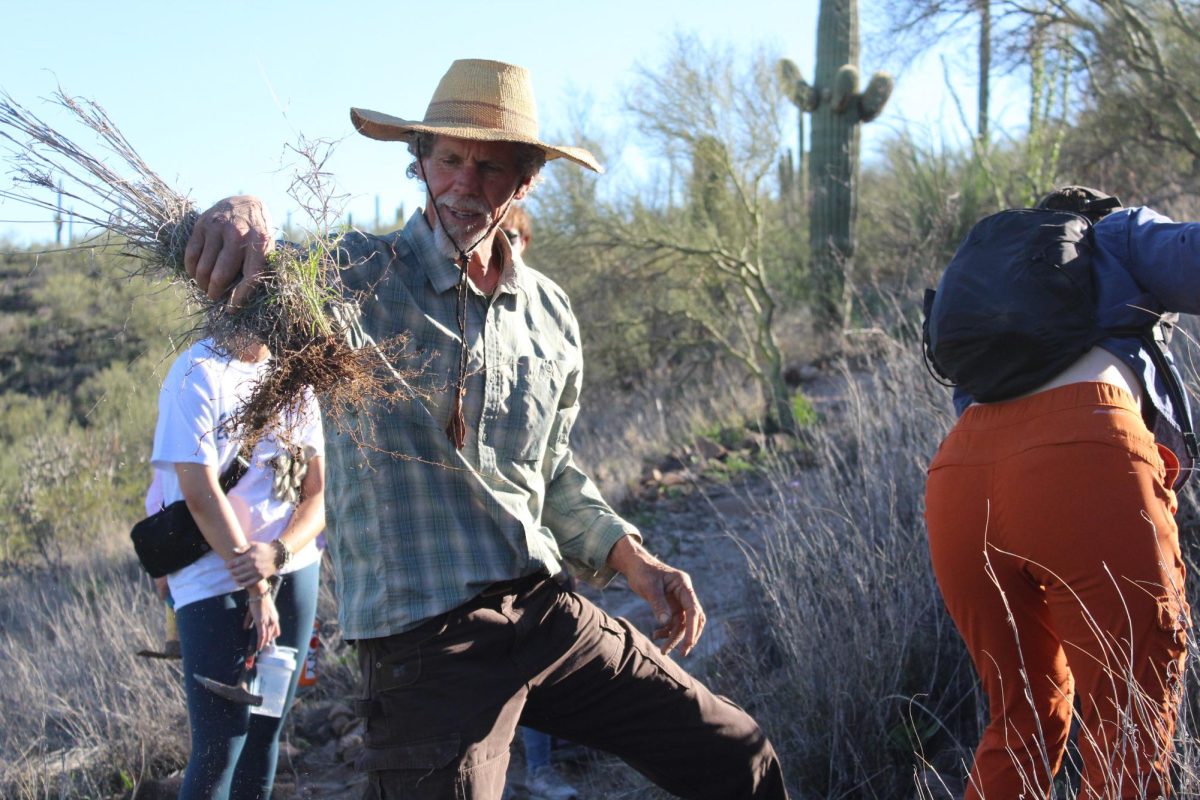Arizona may be known for its clear blue skies, but the short-term future of the UA’s well-being is anything but sunny.
President Robert Shelton issued a memo two weeks ago, “”Preparing for Possible Short Term Fiscal Challenges,”” urging budget executives to “”limit new expenditures, and to develop plans should moderate budget reductions be necessary.””
Yet economic problems are not merely contained between East Sixth Street and East Speedway Boulevard; the university is gearing up to cut costs because the state of Arizona, and the nation itself, is in a slump. The Dow Jones Industrial average has fallen more than 2,500 points since its high in October, and home construction levels have fallen to their lowest level in almost three decades.
UA students may be puzzled by the idea of a construction slump, however, and for good reason: On campus, construction is booming. Some may have noticed the new chemistry facility (with an estimated budget of $46.1 million) while walking by the newly renovated Old Main ($4.56 million) on their way past the Law Commons ($21 million). No matter where you find yourself, it seems buildings are going up faster than they ever have before.
At least these buildings have a direct academic objective. Others, like the Student Recreation Center expansion ($27 million), have at best a tenuous connection to the UA’s mission. Granted, the Rec Center improvements were voted on by the student body – although in this case “”student body”” refers to 6 percent of undergraduates in November 2005. No, a different kind of fiscal ineptitude is on display here. The administration proudly declared that the expansion was covered entirely by the fees the student body (see above) voted on, a feat accomplished by extending the fees through 2040. Not only does this leave upperclassmen paying for the campus flirting capital for Wildcats to come, but it also creates problems for those students at the tail end. By 2040, these much- lauded expansions will be at best functional, at worst a useless dump. It would be akin to today’s students paying fees that covered architecture from 1973.
Then there’s the new addition of a Starbucks ($575,000) that will be part of the expanded UofA Bookstore. The dollar amount may be relatively small, but the issue here is one of attitude. What fiscal prudence is exhibited by establishing a coffee shop a few feet away from the already existing Canyon Café and Bistro, and only a block and a half from another Starbucks? It’s hard to believe there aren’t more pressing needs in the university system.
To be fair, not all construction projects are the same. According to Melissa Dryden, program coordinator at Facilities Management and Design, “”Several of the projects … will be funded through private donations or through auxiliary funding sources.”” The new Poetry Center ($6.8 million) was funded by gifts, and the new McClelland Park was paid for by revenue pulled in by the Park Student Union ($22 million). Outside funds, including state allocations, have long contributed to architectural work on campus. But as the economy slumps and the Arizona legislature faces budget hell, can we continue to expect massive gifts and even adequate state funding?
Contrary to their public hand-wringing over such a shortfall, the university’s answer appears to be yes. The UA plans to construct three new dorms, at an estimated cost of $178 million. There is a need for additional housing on campus, but at this cost it would take over 20 years of full capacity to pay it off through rent alone. Would it be so unreasonable to perhaps build only one now, and wait for better times to build the others? Then there’s the Veterinary Sciences research building ($4 million), a hazardous waste facility expansion ($2.75 million) and the restoration of the Douglass house that was covered by the Daily Wildcat on Friday.
Two recent buildings on campus were recently named in the list of Arizona architecture achievements, an honorable distinction. But should the university be striving to fill out this list when its students are caught in the vice between rising tuition rates and decreasing state and federal aid? New and shiny buildings may be nice, but as the Rolling Stones put it, “”You can’t always get what you want.””
Evan Lisull is a sophomore majoring in economics and political science. He can be reached at letters@wildcat.arizona.edu.








